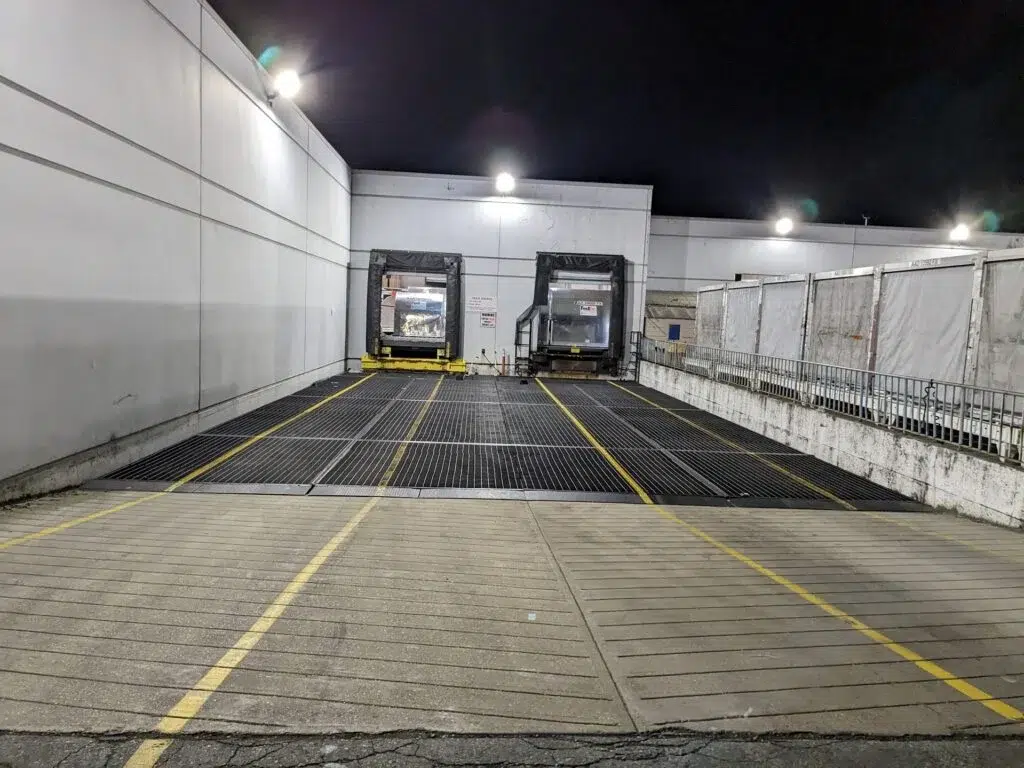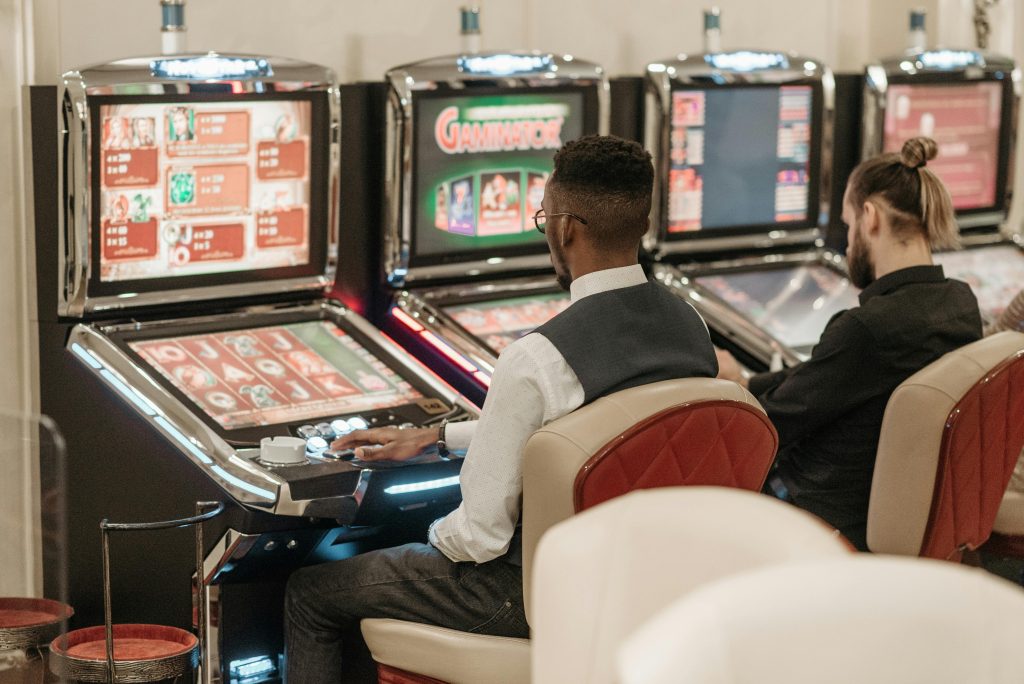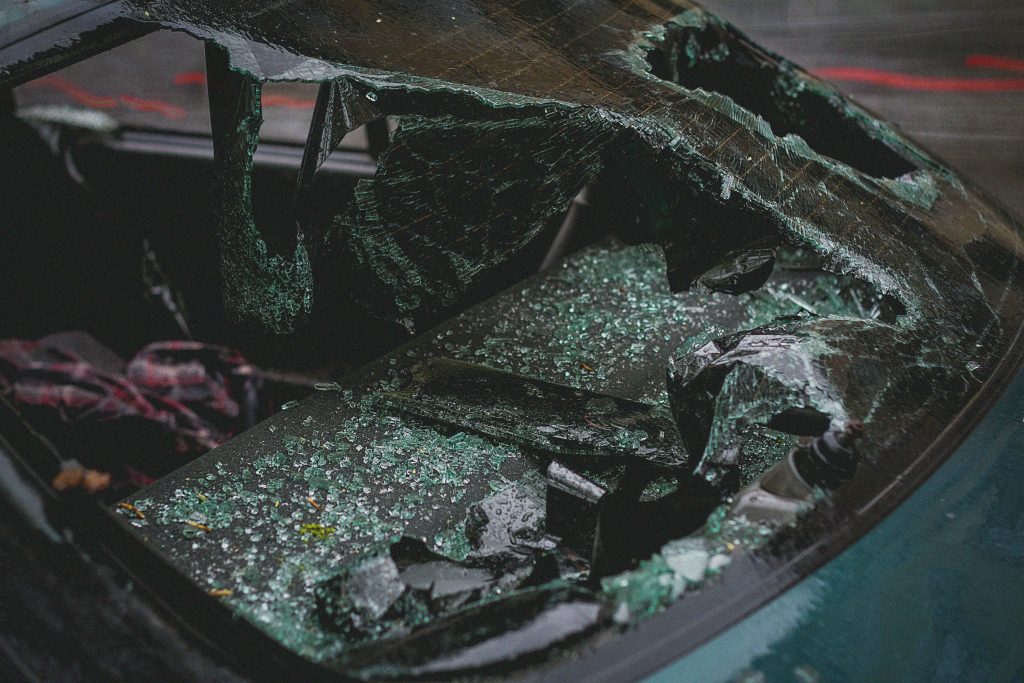Griselda Blanco, a name that sends chills down the spines of those familiar with the drug trade’s darker history.
Many have heard whispers of her notorious reputation, but few know the full story of this complex and controversial figure.
This article will take you on a journey through the life of Griselda Blanco, revealing how she rose from humble beginnings to become a key player in the cocaine trade.
We’ll explore her ruthless tactics, her impact on the Miami drug scene, and the events that led to her eventual downfall.
By the end of this piece, you’ll have a clear understanding of who Griselda Blanco was, why she remains a subject of fascination, and how her story continues to attract audiences today.
Who is Griselda Blanco?
Griselda Blanco, born on February 15, 1943, in Cartagena, Colombia, was a formidable figure in the world of drug trafficking.
Her life story reads like a crime thriller, filled with power, violence, and a relentless drive for success in the underworld.
Known by several intimidating nicknames, including “The Black Widow,” “The Godmother,” and “La Madrina,” Blanco earned her reputation through her cunning and often brutal tactics.
These monikers reflected her power in the drug trade and her tendency to eliminate those who stood in her way, including her husbands.
Blanco played a central role in the Miami drug wars of the 1970s and 1980s.
She was a key figure in establishing cocaine trafficking routes between Colombia and major U.S. cities, including Miami and New York.
Her reign in the drug world came to a violent end on September 3, 2012, when she was killed in Medellín, Colombia, at the age of 69.
Blanco’s life and death left an extraordinary mark on the history of organized crime and continue to fascinate people worldwide.
Early Life and Background

Griselda Blanco’s journey began in Cartagena, Colombia, before she moved to Medellín with her mother.
Growing up in a city plagued by poverty and crime, Blanco was exposed to the criminal underworld from a young age.
It was here that she began to form connections with criminal figures, laying the groundwork for her future empire.
Her childhood was marked by hardship and violence. One infamous story claims that at just 11 years old, Blanco kidnapped and killed a boy from a wealthy neighborhood when his family didn’t pay the ransom.
While unverified, this tale hints at her early involvement in crime.
Facing abuse at home, Blanco eventually ran away, turning to pickpocketing on Medellín’s streets to survive. These formative years in the city’s underbelly shaped her into a tough, street-smart individual.
Her experiences during this time laid the foundation for her future rise in the criminal world, setting the stage for her transformation into one of the most notorious figures in drug trafficking history.
Rise to Power in The Cocaine Trade
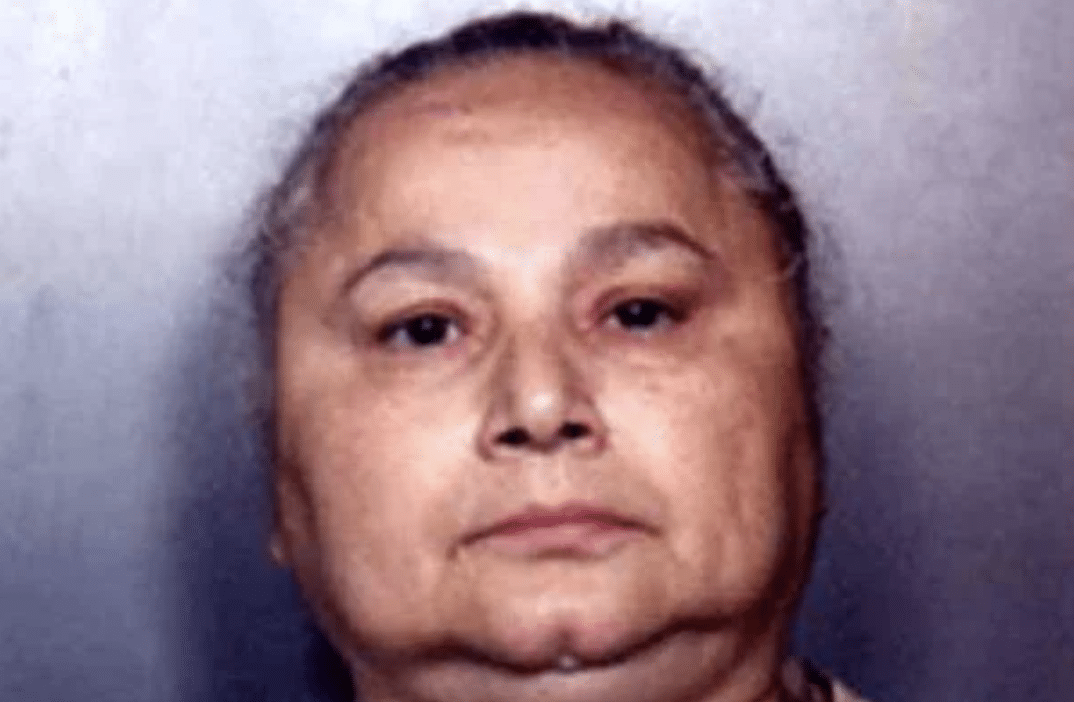
Griselda Blanco’s journey to power in the cocaine trade began with her marriage to Alberto Bravo.
Together, they built a drug-smuggling operation between Colombia and the United States, initially focusing on New York before expanding to Miami.
The 1970s marked Blanco’s rapid ascent in the drug world. Her business savvy and innovative smuggling methods, such as using lingerie with hidden compartments, set her apart from rivals.
She established a vast network spanning North America, flooding major U.S. cities with cocaine.
Blanco’s connections with the Medellín Cartel further strengthened her position. She ran her operation with ruthless efficiency, eliminating competitors and enforcing her will through violence.
This approach helped transform cocaine trafficking into a highly organized, multi-billion dollar industry.
At her peak, Blanco’s empire reportedly generated $80 million monthly.
Her rise to power not only made her one of the most feared figures in the drug trade but also played a significant role in establishing cocaine as a major illicit commodity in the global market.
Timeline of Key Events
| Year | Event | Details |
|---|---|---|
| 1943 | Birth | Born in Cartagena, Colombia on February 15, 1943. |
| 1954 | Early Criminal Activity | Allegedly involved in kidnapping and murder at the age of 11. |
| 1964 | Entry into Drug Trade | Moves to New York with second husband Alberto Bravo and enters the cocaine trade. |
| 1975 | Confrontation and Power Consolidation | Kills husband Alberto Bravo in a shootout in Colombia, taking control of their drug operation. |
| 1979 | Cocaine Cowboy Wars | Plays a key role in the violent Miami drug wars, ordering numerous murders. |
| 1985 | Arrest and Conviction | Arrested in California and sentenced to 15 years in federal prison for drug trafficking. |
| 1998 | Plea Deal | Pleads guilty to second-degree murder charges in Florida and is sentenced to 20 years in prison. |
| 2004 | Release and Deportation | Released from prison and deported to Colombia. |
| 2012 | Assassination | Killed in Medellín, Colombia by a motorcycle gunman on September 3, 2012. |
Personal Life and Relationships
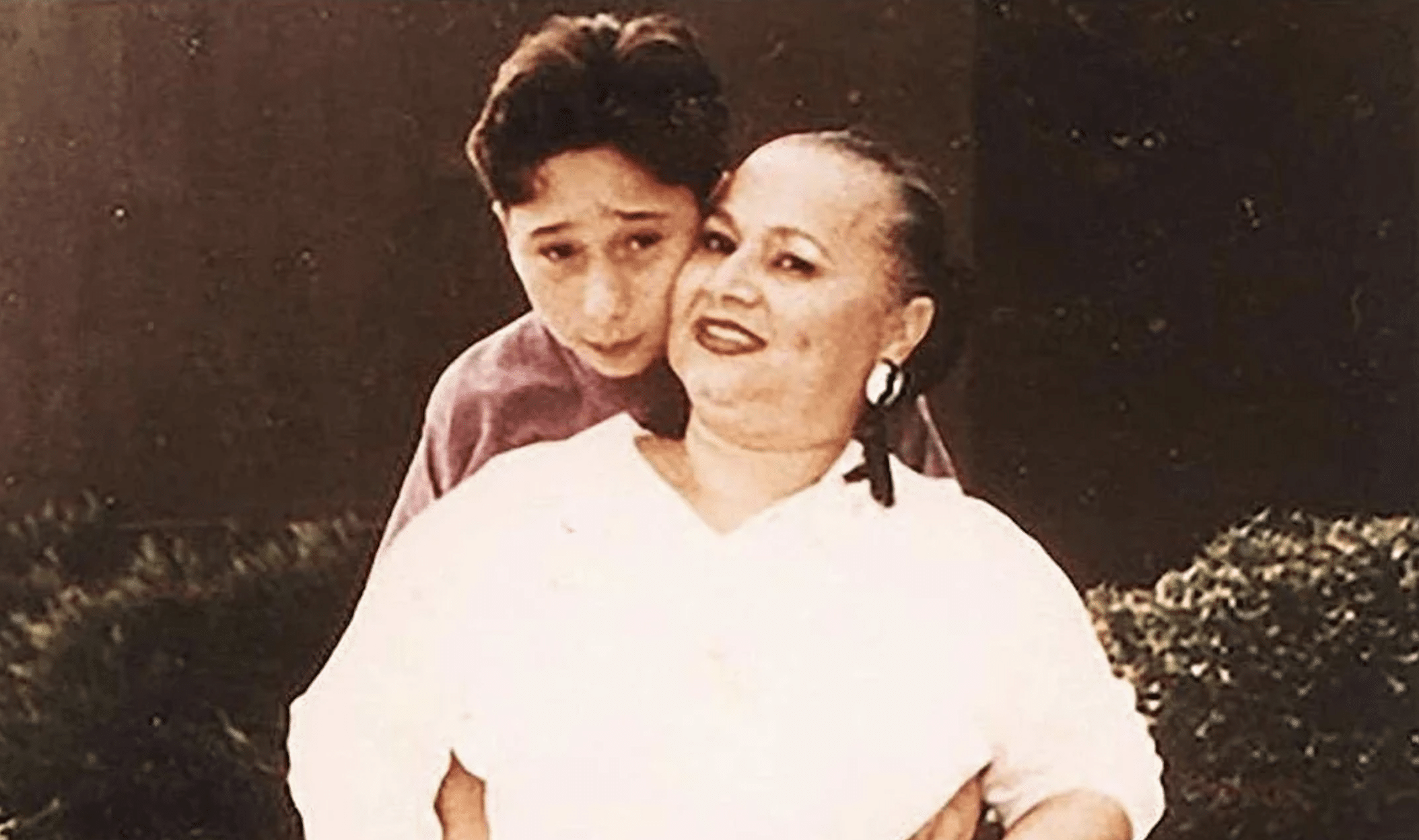
- First Marriage: Griselda Blanco’s first marriage was to Carlos Trujillo, whom she wed as a teenager. They had three sons together: Dixon, Uber, and Osvaldo. After their divorce, rumors circulated that Blanco had Trujillo killed over a business disagreement, though this was never confirmed.
- Second Marriage: Blanco’s second husband was Alberto Bravo, her partner in building her cocaine empire. Their relationship ended dramatically in a shootout in Bogotá, where Blanco allegedly killed Bravo, accusing him of stealing from their operation.
- Third Marriage: Her third marriage was to Darío Sepúlveda, father of her youngest son, Michael Corleone Blanco. This relationship also ended violently when Sepúlveda kidnapped Michael during a custody dispute. Blanco reportedly arranged Sepúlveda’s murder in Colombia to regain custody of her son.
- Michael Corleone Blanco’s Role: Named after the character from “The Godfather,” he had a unique upbringing in the family business. He claims to have started working in his mother’s cocaine operation at age 12. After Griselda’s death, Michael chose a different path, appearing on reality TV shows and launching a clothing brand.
Tragically, Blanco’s three older sons were all killed before reaching adulthood, casualties of the violent world their mother had created.
These personal losses, coupled with her alleged involvement in her husbands’ deaths, earned Blanco the chilling nickname “The Black Widow.”
Influence on Entertainment Industry
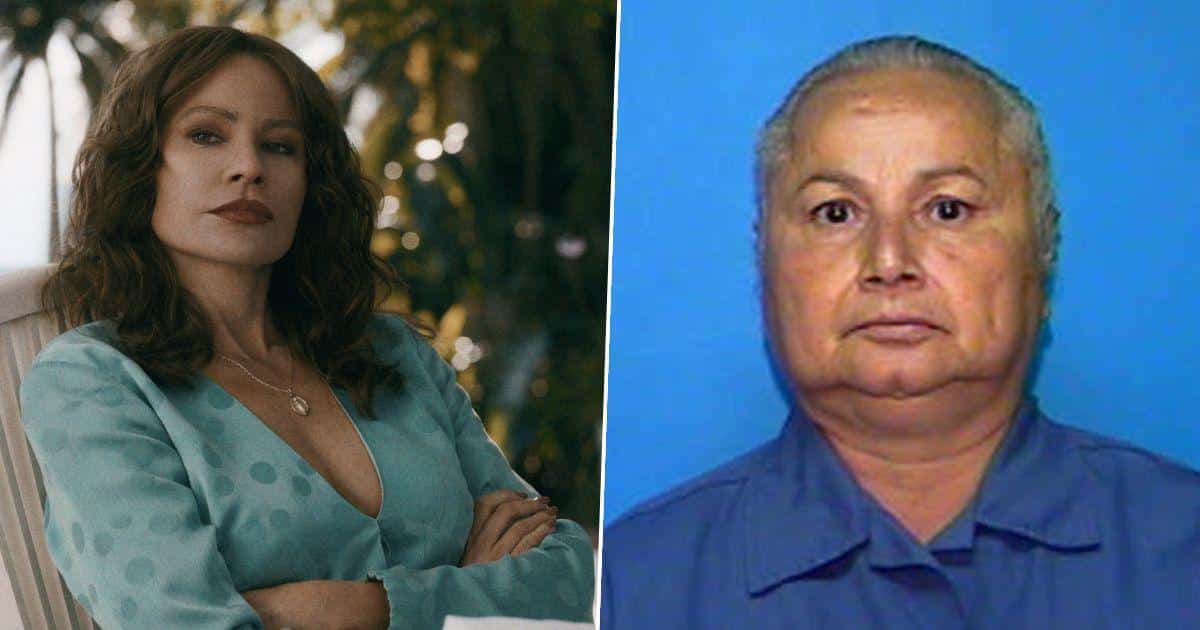
Griselda Blanco’s life has made a significant impact on popular culture.
Documentaries like “Cocaine Cowboys” (2006) and its sequel (2008) brought her story to wider attention, detailing her role in Miami’s drug trade.
Her tale has also been adapted for television and film.
Catherine Zeta-Jones portrayed her in the 2018 Lifetime movie “Cocaine Godmother,” while Sofía Vergara’s recent portrayal in Netflix’s “Griselda” (2024) has renewed public interest in her life.
Blanco’s influence extends to music, with numerous rappers referencing her in their lyrics as a symbol of power and infamy.
Artists like Nicki Minaj and Lil Kim have mentioned her in songs, cementing her place in pop culture.
This ongoing presence in entertainment reflects the complex fascination with Blanco’s life.
Despite her criminal actions, her rise to power in a male-dominated world interests audiences, keeping her story relevant in discussions about crime, power, and gender in the underworld.
Controversies and Challenges Faced
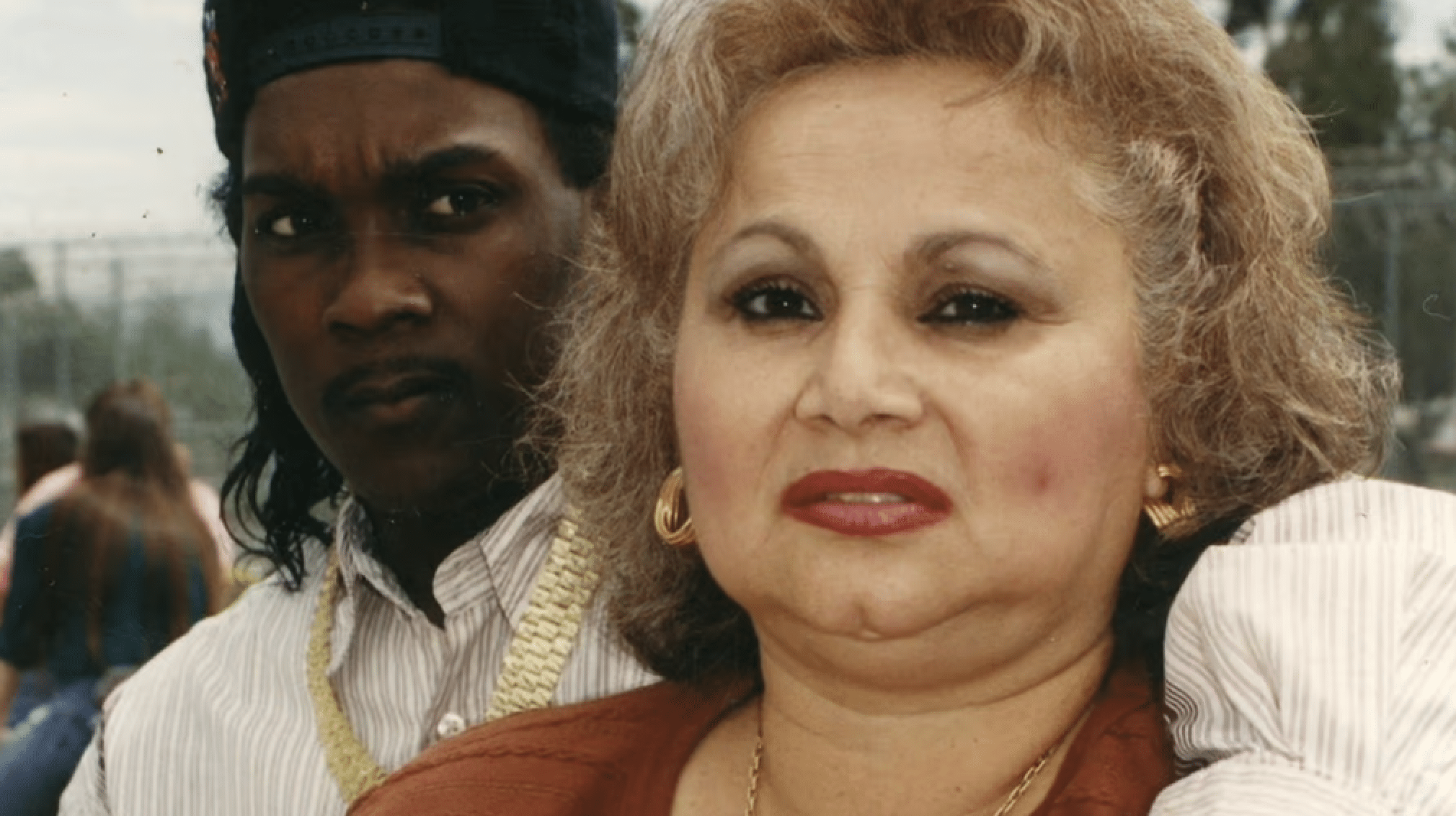
Griselda Blanco’s life was riddled with legal battles and controversies. Her early escape from drug charges in New York set the stage for a career constantly under legal scrutiny.
A major scandal broke out during her Florida murder trial when her hitman, Jorge Ayala, was caught in a compromising situation with the prosecutor’s office staff.
This incident weakened the case against her, allowing her to avoid more serious penalties.
Even from prison, Blanco struggled to maintain control of her empire, facing threats from rival cartels eager to seize her territory.
Her alleged involvement in over 200 murders, while largely unproven in court, cemented her notorious reputation.
These ongoing challenges shaped Blanco’s complex legacy, from legal troubles to rivalries within the criminal world.
While she built a powerful drug empire, the constant controversies ultimately contributed to her downfall and never-ending infamy.
Conclusion
Griselda Blanco’s life story reads like a crime thriller, filled with power, violence, and tragedy.
From her humble beginnings in Colombia to her reign as the “Cocaine Godmother” in Miami, Blanco left a tremendous mark on the drug trade and popular culture.
Her legacy is complex and controversial. While her business acumen and innovative methods reshaped the cocaine industry, her violent tactics and tumultuous personal life paint a picture of a woman driven by ambition and survival instincts.
Today, Blanco’s story continues to attract audiences through books, documentaries, and dramatizations.
Her life serves as a stark reminder of the human cost of the drug trade and the blurred lines between victim and perpetrator in the criminal underworld.
What are your thoughts on Griselda Blanco’s impact on history and popular culture?
Share your views in the comments below.








